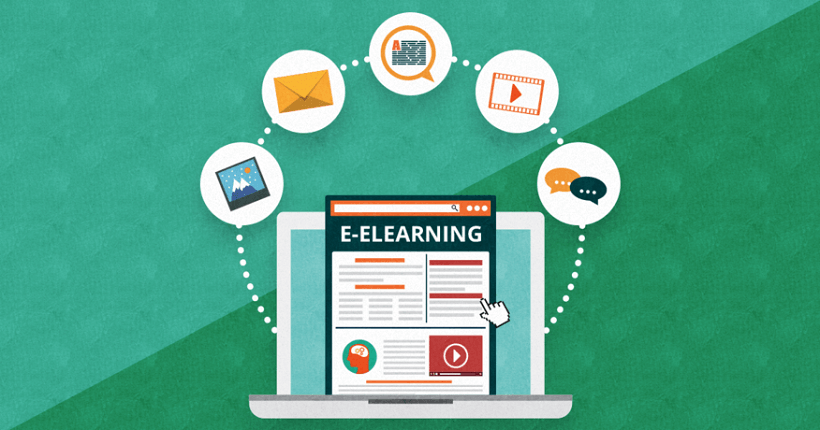Why Learner Experience Is The Weakest Link In The eLearning Chain
When we look at learning strategies, it’s important to consider not only the breadth and depth of those strategies, but also where their critical weak spots or Achilles’ heels may lie. In most cases, they have to do with learner experience or user experience more broadly. It’s something we cover in depth in Docebo's recently released report, The Critical Importance of Learner Experience in eLearning.
A comprehensive learning strategy takes a wide range of elements into account, including:
- What are the goals and objectives of learning?
- How do these Learning and Development goals and objectives align with overall business goals and objectives?
- What is the learning content?
- Who are the learners?
- How do they learn?
- What tools and processes support their learning journey?
- How are the successes and deficiencies of the learning strategy defined?
- What is the process for continual improvement in the learning strategy?
Of course, all of these factors are essential pieces of the pie when it comes to building and improving an effective learning strategy, and they are all links in the chain of a comprehensive learning program.
However, while all of these pieces can be carefully put into place and executed, it is important to realize that a learning program is only as effective as the learner’s capacity to effectively absorb, retain, and act according to the information they have been delivered. Otherwise, it is all just a waste.

And this is something businesses and Learning and Development professionals are increasingly tuning into. A recent Brandon Hall Group training study revealed that the number one reason organizations were switching their Learning Management System was to improve user experience.
Choosing The Right Learning Management System: The Elements Of A Great Learner Experience
As we have alluded, there is no one-size-fits-all approach to eLearning and learning management in general. Learners learn at their own pace, by their own means, and across different modalities of learning.
However, there are broad factors that can help us figure out what makes a great learner experience.
1. It’s Easy To Use.
We’ve talked about friction in LX, and this is where friction is most noticeable. If a Learning Management System is cumbersome, unwieldy, or otherwise challenging to use for its end users, then it shouldn’t be used in the first place, period.
We need Learning Management Systems that are in tune with the general user conventions end users are used to using, as redundant as that sounds. There’s no need to re-invent the wheel in most instances. Conventional users know how to use conventional software products, and Learning Management Systems should put end-user standards at the forefront in order to minimize the friction behind how they will achieve learning outcomes.
2. There’s Minimal-To-No Training Involved.
This speaks to the previous point, but just as a Learning Management System ought to be easy to use, it ought to also have no-to-minimal training involved. Once they log into the system, they should naturally see where their eyes and cursors need to go in order to fulfill their immediate training objectives. If someone logs into a Learning Management System and has to ask questions off the bat, then we have problems.
3. It’s Actually Fun To Use.
A step beyond being easy to use, a Learning Management System ought to actually be fun to use. In subsequent sections we’ll discuss the role of gamification and augmented reality and virtuality in eLearning (which doubtless increase the “fun” quotient for users), but a system that is actually appealing and engaging for users will ultimately let them learn better and faster and let Learning and Development professionals rest easier that their learners are acquiring knowledge at a good pace.
4. It Leverages Known Conventions.
We’ve talked about how Learning Management Systems don’t have to re-invent the wheel of learning. So too, eLearning systems do not have to reinvent how users acquire new knowledge and skills.
Learners are learning online every day: How to make recipes, how to make shelves, how to build learn languages. They do this all with very known and very seamless learning conventions that are pretty widespread.
Don’t find a new way to help learners how to learn. Understand how they learn effectively in their day-to-day lives and use the essentials of those approaches in your eLearning approaches to truly engage learners.
Get the full picture on the central role of learner experience in any effective learning program by downloading our comprehensive report today.









